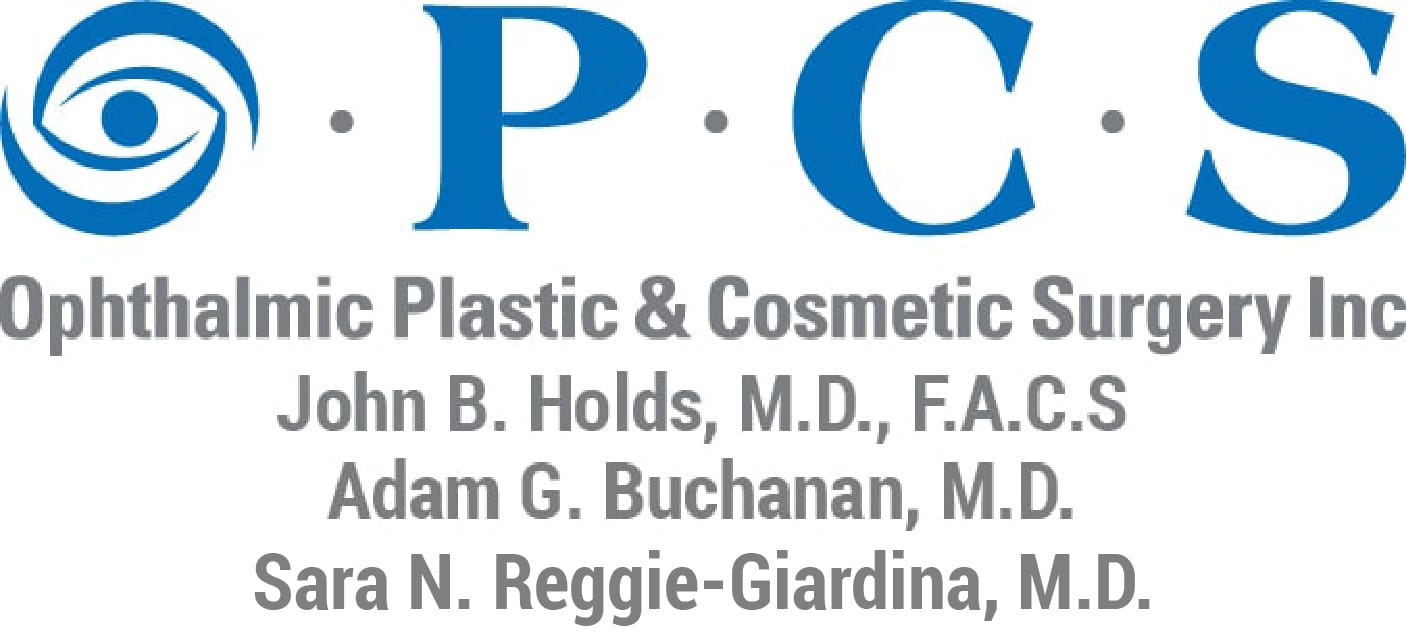Treating Thyroid Eye Disease
- Posted on: Mar 15 2018

We recognize thyroid eye disease through symptoms such as chronic redness and irritation that may stem from dryness. The reason why the eyes may become chronically dry and irritated is to become the muscles around them shift. Sometimes, shifting also involves the eyelid or the eyeball itself. As shifting becomes more severe, the eyes may present a surprised expression or may seem to stare due to a bulging appearance.
Multifaceted Treatment of Thyroid Eye Disease
The manifestation of thyroid eye disease warrants a thorough evaluation for treatment. Because this condition is not isolated to the eyes, it is necessary for patient care to involve two medical specialties: endocrinology and ophthalmologic surgery. Together, these two specialties can address the nuances of thyroid eye disease by gaining control over thyroid function and the effects of swelling and bulging around the eyes.
What an Ophthalmologic Surgeon May Treat
There are four prominent ways in which hyperthyroidism can affect the eyes. Some of the common problems related to thyroid eye disease include:
- Changes to the eyelids. This is one of the most common abnormalities related to thyroid eye disease. Shifting muscles and structures can lead to swelling and puffiness that persists and, at times, worsens for short periods. The eyelids may also retract, making the eyes open too wide or preventing full closure.
- Proptosis is the protrusion of the eyes and relates to the muscle or fat tissue behind the eye and the forward pressure of that tissue.
- Double-vision. The eyes need to be aligned for vision to occur as it should. When the muscles around the eye do not adequately control ocular movement, the eyes can shift out of alignment. This, in turn, causes double-vision.
- Optic neuropathy. When the optic nerve at the back of the eye is squeezed by swollen fat or muscle tissue, vision may be compromised. Because the optic nerve can sustain irreparable damage, optic neuropathy warrants strong consideration of surgery.
A threat to vision is not the only reason that patients consider surgery for thyroid eye disease. If you are concerned about chronic eye irritation or the appearance of your eyes, you may elect to have surgery to correct the problem. For more information on thyroid eye disease surgery, call our St. Louis office at 314-567-3567.
Posted in: Thyroid Eye Disease

